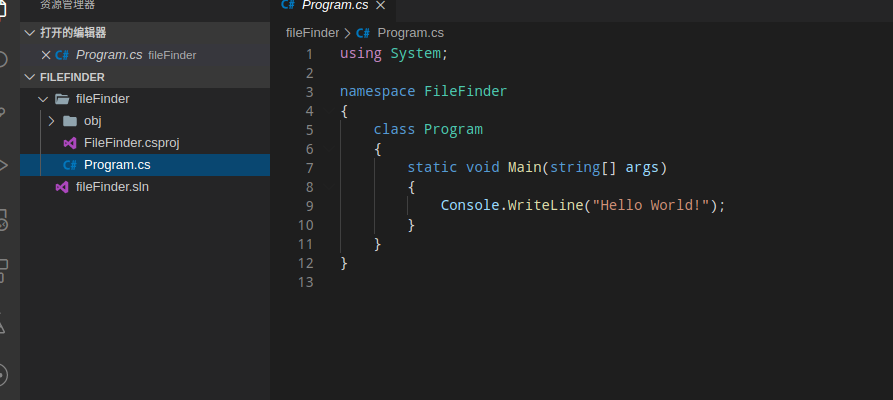

- RIDER VS VISUAL STUDIO FOR MAC FULL
- RIDER VS VISUAL STUDIO FOR MAC CODE
- RIDER VS VISUAL STUDIO FOR MAC WINDOWS
RIDER VS VISUAL STUDIO FOR MAC WINDOWS
However, those few toolbars and tool windows that are there by default take quite a lot of space, leaving less real estate than Rider offers. Compared to the many default toolbars and tool windows of Rider, the Visual Studio IDE looks a bit cleaner and less cluttered. While loading a solution, they both display notifications about some background processing that is still happening, but Rider’s notifications are more detailed (and useful). I’m confident that this will not remain like that, considering the plans JetBrains has to adopt. To confirm that this is not just an illusion, I did use a stopwatch and concluded that loading the same solution is faster in Visual Studio than in Rider. I guess it is already preparing things in the background, but it does make it feel quite responsive. Only after you select a project or solution such as FluentAssertions in my case, it loads the actual IDE. The first thing I noticed is that the initial Open Project popup appears quite quickly, much faster than with previous versions. This all starts with launching Visual Studio, so that’s what I did. To put things in the right perspective, I’ve tried to organize my experiences around a typical developer workflow.

Opening your favorite solution and selecting the right branch
RIDER VS VISUAL STUDIO FOR MAC FULL
I installed a fresh installation of Visual Studio 2019 Professional (version 16.5.4) with just the free Productivity PowerTools and the Github Extension for Visual Studio, and used it for a full month. To see how much Microsoft has evolved, I decided to try it myself. Did Visual Studio really get so much better since the last time I tried? Did Microsoft finally get the message and pick up the pace in building a productive IDE? I also noticed clients wondering why they needed to invest in anything but Visual Studio. In the mean time, I regularly started to run into people that switched back to a bare-bones Visual Studio installation and told me that they didn’t miss anything. But by the end of 2017, I fully switched to Rider for all my development work, both professionally as well as for my open-source projects. The first versions were a bit rough on the edges. NET and C# developers based on there wildly successful IntelliJ IDE and all the power of ReSharper. But then, in 2016, JetBrains announced Rider, a full-blown IDE for. More and more people in my network were considering to ditch ReSharper. And support was great, especially with some of the folks behind JetBrains being so visible on Twitter.īut I also noticed that with every new Visual Studio and ReSharper release the memory and CPU footprint increased a lot. Every new release added a hoist of new options, and bugs were fixed quickly enough.

And over the years, JetBrains kept making it better and better. With improved Intellisense, the coloring of identifiers, the many built-in refactorings, it felt like a new world opened up to me. But right after I switched employers in 2004, I discovered JetBrains’ ReSharper. I think it started with Visual Assist in 2002.
RIDER VS VISUAL STUDIO FOR MAC CODE
A month without R# or Rider - General usability and code navigationĪs long as I’ve been developing with Visual Studio, I remember I’ve been looking for add-ons to make me more productive.


 0 kommentar(er)
0 kommentar(er)
